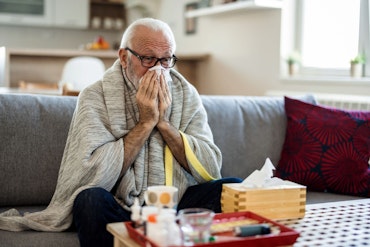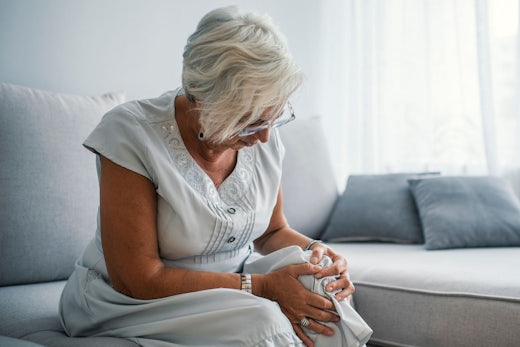Report “reveals” why seniors struggle to pay health costs
Concerns have been raised regarding the inflated charges imposed by Australian health professionals over the weekend and the impact it has on older Australians by advocacy group National Seniors.

Research suggests that older Australians can’t afford an average private health insurance rate increase of 4 percent (Source: Shutterstock)
The advocacy group’s renewed appeal to the Federal Government to focus on inefficiencies in the health system comes from a new wave of “revelations” published in a News Corp article.
National Seniors Chief Advocate Ian Henschke says in the News Corp report that the Australian Medical Association (AMA) was recommending specialists charge up to three times more than the Medicare fee for hospital, which showed “why many older people were struggling to pay health costs”.
“The industry data showed some specialists were stripping pensioners of their superannuation by charging $20,000 for out of pocket fees for Parkinson’s disease deep brain stimulation and $10,000 for hip and knee replacements,” Mr Henschke says.
“According to News Corp reports, some doctors are charging 10 times more than what even the AMA recommends, contributing to the $1.6 billion a year in gap payments not covered by patients’ health funds or Medicare.”
The research also suggests that 86 percent of anaesthetics and 53 percent of operations cost more than the schedule fee.
Mr Henschke says the high cost of specialist fees and the affordability of private health insurance are two of the biggest health concerns for older Australians, according to National Seniors research from 2017.
Over the past seven years, data shows that health insurance premiums have increased by more than 40 percent and are set to rise another 3.95 percent from 1 April this year.
The affordability of these premiums for older consumers was highlighted by the National Seniors research which shows 74 percent could not afford an average 4 percent jump in premiums, forcing them to cut or cancel their cover and move back into the public health system.
AMA President Dr Michael Gannon says the medical profession is “working hard” to ensure patients receive value for money, highlighting the work done through the AMA Report Card.
“Our Report Card shows that the profits of the insurers continue to rise, the growth of policies with exclusions continues to grow, and policyholder complaints continue to rise,” he says.
“We explain what insurance may cover, what the Medicare Benefits Schedule (MBS) covers, and what an out-of-pocket fee may be under different scenarios.”
Dr Gannon adds that the Report Card also shows that some insurers perform well over all, and some only perform well for certain conditions, revealing to the same doctor performing the same procedure can be paid significantly different rates by each fund which he says is often the untold story behind patient out of pocket costs, despite there being high levels of no gap and known gap billing statistics.
Mr Henschke says that as an advocacy group their message is “clear”, adding the system has “huge problems” that the Federal Government “must” address and fix because many of the older consumers have been paying their contributions for decades.
“People who have worked hard all their lives cannot afford to pay health insurance premiums, or get the cover they need, when they most need it, for operations such as a hip or knee replacement,” he says.
“What we said last year still holds true: despite ever increasing premiums, when seniors come to make a claim for a service it’s either excluded or the out-of-pocket expenses have skyrocketed.
“The current system of Government-approved premium setting lacks transparency and improving competition in the private health insurance sector is needed urgently.
“Older consumers are being forced to give up their health insurance because of rising costs, while private health funds made $1.4 billion in after-tax profit in 2017, an increase of 7.3 percent over the previous year.
“These are taxpayer-subsidised businesses and we question the appropriateness of this level of profits.”











![The new Aged Care Act exposure draft is slated for release in December of 2023, but advocates hope to see it rolled out on January 1, 2024. [Source: Shutterstock]](https://agedcareguide-assets.imgix.net/news/articles/wp/agedcareact__0811.jpg?fm=pjpg&w=520&format=auto&q=65)












Comments